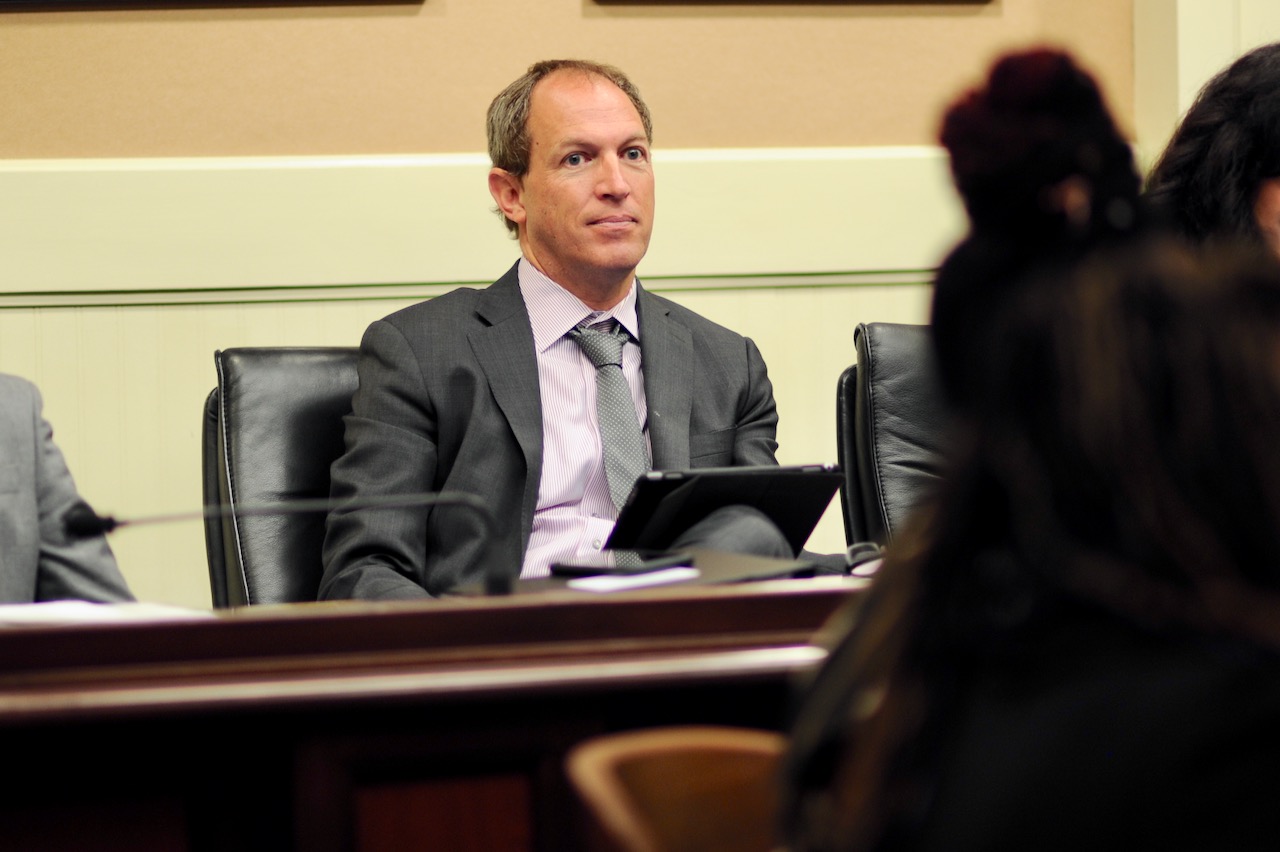
Corporate Pay Data Disclosure Requirements
Pay discrimination is difficult to detect and address
By Chris Micheli, October 3, 2020 7:33 am

The Legislature passed and Governor Newsom signed SB 973 by Senator Hannah-Beth Jackson (D-Santa Barbara) on September 30 as Chapter 363. The bill amended Section 12930 and added Chapter 10 (commencing with Section 12999) to Part 2.8 of Division 3 of Title 2 of the Government Code.
Section 1 of the bill provides the following six legislative findings and declarations:
- Despite significant progress made in California in recent years to strengthen California’s equal pay laws, the gender pay gap persists, resulting in billions of dollars in lost wages for women each year in California.
- Pay discrimination is not just a women’s issue, but also harms families and the state’s economy. In California, in 2016, women working full time, year-round made a median 88 cents to every dollar earned by men, and for women of color, that gap is far worse.
- Although there are legitimate and lawful reasons for paying some employees more than others, pay discrimination continues to exist, is often “hidden from sight,” and can be the result of unconscious biases or historic inequities.
- Recognizing that pay discrimination is difficult to detect and address, the Obama Administration announced a proposed revision to the Employer Information Report (EEO-1) to include the reporting of pay data by gender, race, and ethnicity beginning in 2018. However, in August 2017, the Trump Administration put a halt to the implementation of this new rule.
- It is the intent of the Legislature, in enacting this bill, to ensure that this pay data will continue to be compiled and aggregated in California.
- Further, it is the intent of the Legislature in enacting this bill for data collection purposes to allow for the designated state agencies to collect wage data to more efficiently identify wage patterns and allow for targeted enforcement of equal pay or discrimination laws, when appropriate. Therefore, it is the intent of the Legislature that this pay data will be kept confidential and not available for disclosure, except as necessary for administrative enforcement or through the normal rules of discovery in a civil action.
Section 2 of the bill amends Section 12930 of the Government Code, which provides the functions, duties, and powers of the Department of Fair Employment and Housing (department), by adding subdivision (f)(5) as follows:
To receive, investigate, conciliate, mediate, and prosecute complaints alleging practices made unlawful pursuant to Section 1197.5 of the Labor Code. The department shall, in coordination with the Division of Labor Standards Enforcement within the Department of Industrial Relations, adopt procedures to ensure that the departments coordinate activities to enforce Section 1197.5 of the Labor Code.
Section 3 of the bill adds Chapter 10 (commencing with Section 12999) to Part 2.8 of Division 3 of Title 2 of the Government Code. Chapter 10 is titled “Annual Pay Data Report.” Section 12999 provides that, on or before March 31, 2021, and on or before March 31 each year thereafter, a private employer that has 100 or more employees and who is required to file an annual Employer Information Report (EEO-1) pursuant to federal law is required to submit a pay data report to the Department of Fair Employment and Housing (DFEH) covering the prior calendar year.
The DFEH is required to make the reports available to the Division of Labor Standards Enforcement (DLSE) upon request. The pay data report must include specified information. First, the report must include the number of employees by race, ethnicity, and sex in each of the following job categories:
- Executive or senior level officials and managers.
- First or mid-level officials and managers.
- Professionals.
- Technicians.
- Sales workers.
- Administrative support workers.
- Craft workers.
- Operatives.
- Laborers and helpers.
- Service workers.
Second, the report must include the number of employees by race, ethnicity, and sex, whose annual earnings fall within each of the pay bands used by the United States Bureau of Labor Statistics in the Occupational Employment Statistics survey.
In establishing the numbers required to be reported, an employer is required to create a “snapshot” that counts all of the individuals in each job category by race, ethnicity, and sex, employed during a single pay period of the employer’s choice between October 1 and December 31 of the “Reporting Year.” The employer is to calculate the total earnings, as shown on the Internal Revenue Service Form W-2, for each employee in the “snapshot,” for the entire “Reporting Year,” regardless of whether or not an employee worked for the full calendar year.
Thereafter, the employer must tabulate and report the number of employees whose W-2 earnings during the “Reporting Year” fell within each pay band. In addition, the employer must include in the report the total number of hours worked by each employee counted in each pay band during the “Reporting Year.”
For employers with multiple establishments, the employer is required to submit a report for each establishment and a consolidated report that includes all employees. The report must also include the employer’s North American Industry Classification System (NAICS) code. The report must include a section for employers to provide clarifying remarks regarding any of the information provided. However, an employer is not required to provide clarifying remarks.
In addition, the information required by this report must be made available in a format that allows the DFEH to search and sort the information using readily available software. Note that, if an employer submits to the DFEH a copy of the employer’s Employer Information Report, otherwise known as an EEO-1 Report, containing the same or substantially similar pay data information required under this section, then the employer is in compliance with this section.
If the DFEH does not receive the required report from an employer, then the DFEH may seek an order requiring the employer to comply with these requirements and the DFEH is then entitled to recover the costs associated with seeking the order for compliance.
SB 973 provides that it is unlawful for any officer or employee of the DFEH or DLSE to make public in any manner whatever any individually identifiable information obtained pursuant to their authority under this section prior to the institution of an investigation or enforcement proceeding by the DLSE or the DFEH under Section 1197.5 of the Labor Code or Section 12940 involving that information. Moreover, any individually identifiable information submitted to the DFEH is considered confidential information and not subject to disclosure pursuant to the California Public Records Act.
In addition, the DFEH may develop, publish on an annual basis, and publicize aggregate reports based on the data obtained pursuant to their authority under this section, provided that the aggregate reports are reasonably calculated to prevent the association of any data with any individual business or person. Also, the DFEH must maintain pay data reports for not less than 10 years.
Finally, upon request by the DFEH, no later than 60 days from the date of the request, the Employment Development Department must provide the DFEH with the names and addresses of all businesses with 100 or more employees in order to ensure compliance with this section.
- Health Insurance Assignment - January 7, 2026
- Court-ordered Child Support - January 6, 2026
- Third-party Claims - January 6, 2026




